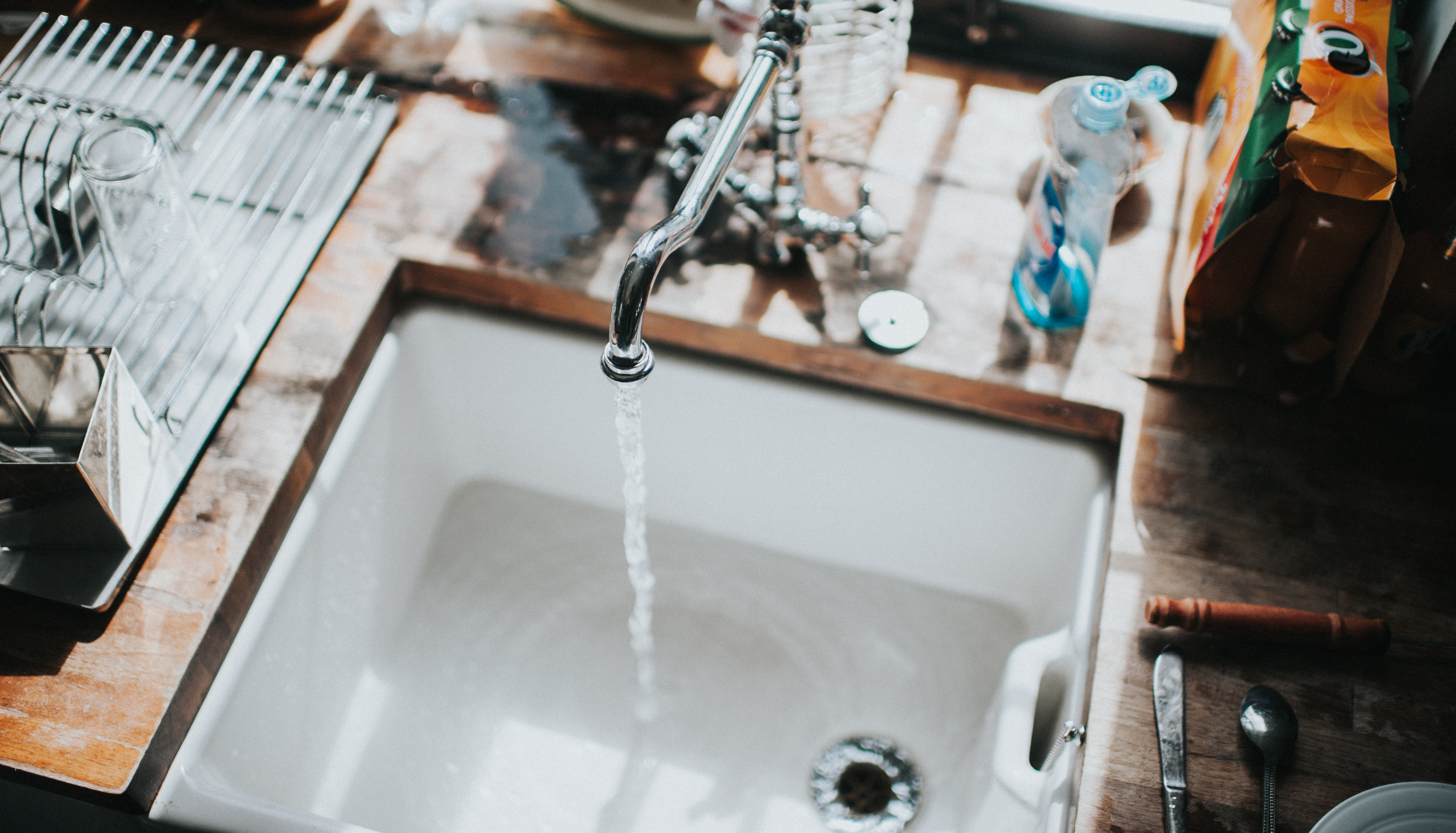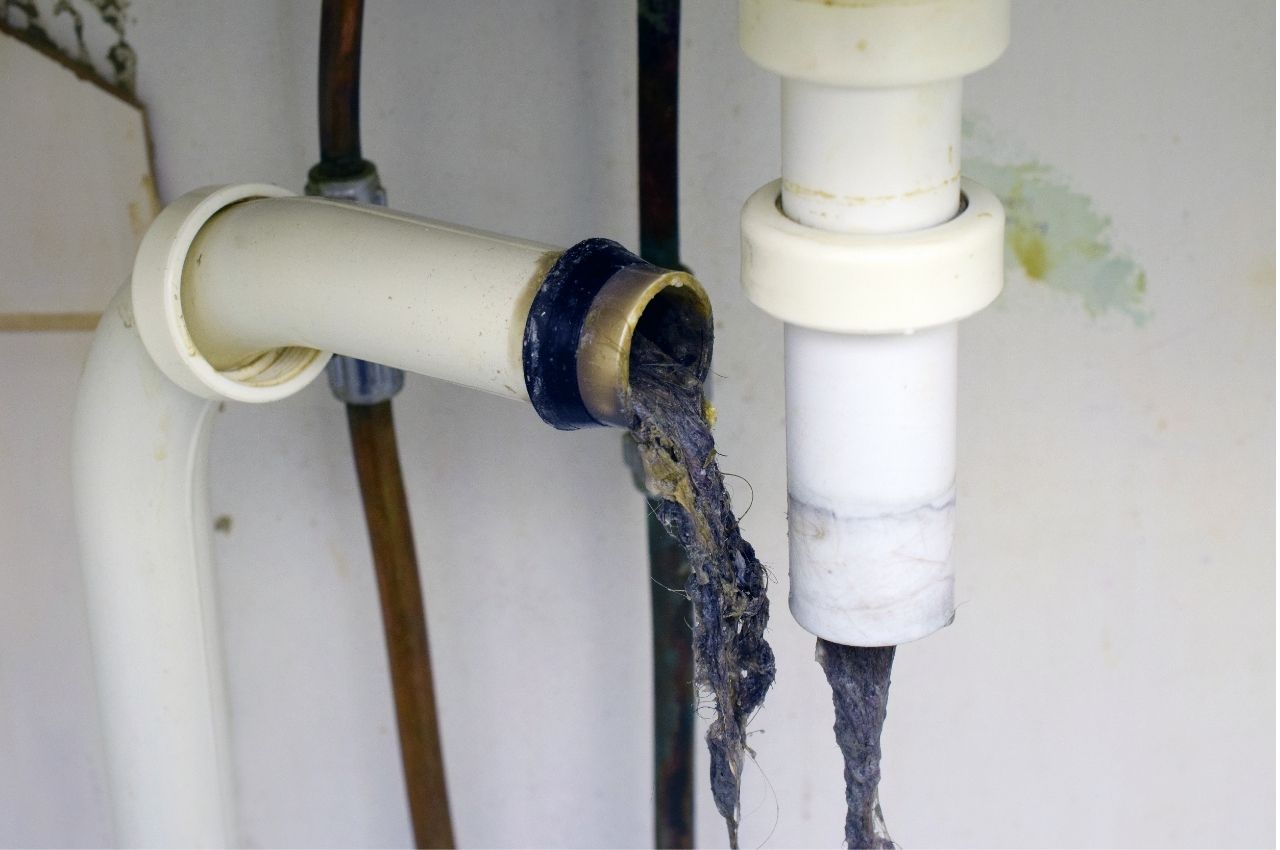The article author is making several good pointers on Why Is My Sink Not Draining? in general in this content on the next paragraphs.

It's not typical for your kitchen sink to block multiple times in one month. If your sink obstructs twice a week, there's some problem taking place.
A blocked cooking area drain does not just reduce your tasks, it weakens your entire plumbing system, gradually. Right here are some usual practices that urge sink blockages, and also how to prevent them.
You need appropriate waste disposal
Recycling waste is wonderful, however do you take notice of your organic waste also? Your kitchen must have 2 separate waste boxes; one for recyclable plastics and also another for organic waste, which can come to be compost.
Having actually a marked trash bag will certainly aid you and your household avoid throwing pasta as well as various other food remnants down the tubes. Commonly, these remnants take in dampness and end up being obstructions.
The fault isn't from your kitchen area sink in all
Maybe the problem isn't from your kitchen area sink, yet the whole drain system. In such a situation, you may discover that other sinks and drains pipes obtain blocked every other week. You need a specialist plumbing solution to repair this.
You're throwing coffee down the drain
Used coffee premises and also coffee beans still take in a considerable amount of moisture. They might appear small enough to throw down the drain, yet as time takes place they begin to swell and occupy even more area.
Your coffee grounds should enter into natural waste disposal. Whatever fraction runs away (maybe while you're washing up) will be cared for during your monthly cleanup.
You have actually been eating a lot of greasy foods
Your kitchen sink may still get blocked despite organic waste disposal. This may be since you have a diet plan abundant in oily foods like cheeseburgers.
This oil layers the within pipelines, making them narrower as well as more clog-prone.
Utilize a plunger
Your pipeline had not been taken care of appropriately in the first place
If you've been doing none of the above, but still obtain normal blockages in your kitchen area sink, you ought to call a plumber. There might be a problem with just how your pipelines were set up.
While your plumber arrives, check for any kind of leakages or irregularities around your kitchen pipelines. Do not attempt to repair the pipes on your own. This might cause an accident or a cooking area flooding.
Someone tried to clean their hair in the kitchen area sink
There's a right time and also location for whatever. The kitchen sink is simply not the ideal place to clean your hair. Cleaning your hair in the kitchen sink will certainly make it clog sooner or later unless you make use of a drain catcher.
While a drain catcher could catch most of the results, some strands might still make it through. If you have thick hair, this might be enough to slow down your water drainage and at some point develop a clog.
There's even more dirt than your pipelines can manage
If you get fruits straight from a farm, you might discover even more kitchen area dirt than other individuals that shop from a shopping mall. You can easily repair this by cleaning up the fruits and also veggies appropriately prior to bringing them into your home.You require appropriate waste disposal
My Kitchen Sink Won’t Drain - What Should I Do?
If Your Sink Has a Garbage Disposal...
Turn on the disposal. If the disposal hums and doesn’t turn, then there’s clog in the disposal unit.
Go to your circuit breaker panel, and switch off the circuit breaker to your garbage disposal.
Back in your kitchen, double-check that your garbage disposal is off by trying to turn it on. The disposal should not move, and it should not make any noise.
Lie down underneath your sink so that you can see and access the bottom of the disposal unit. Look for a hole that looks like the head of a hex-head bolt in the center of the unit.
Place an Allen wrench inside this hole and turn it from side to side until you feel a decrease in resistance and are able to rotate the wrench completely in a single direction. This action rotates your disposal’s blade manually.
Put the wrench aside, and press the disposal unit’s reset button or switch.
Flip your garbage disposal’s circuit breaker switch back on, and turn on the unit to see if the obstruction has cleared. If it hasn’t, repeat the steps above until the obstruction is removed.
How to Unclog a Kitchen Sink Drain
If you have a double bowl sink, seal one side of the sink with an airtight lid or a second plunger before plunging the other side. Otherwise, you won’t be able to create adequate suction.
Place the cup of the plunger completely over the drain opening.
Turn on the faucet, and let the water run until it completely covers the cup of the plunger.
Start plunging by pushing the plunger down and pulling up again in order to build up suction. Make sure that the edges of the plunger stay in contact with your sink, or else you’ll lose the suction.
If you have trouble forming a seal between your sink and plunger, add petroleum jelly to the mouth of your plunger, and try again.
Plunge about five or six times before removing the plunger to see if water starts to drain properly. In some cases, you’ll even be able to feel the clog become dislodged while you plunge because suddenly there will be much less resistance. Repeat the plunging process until the clog clears.
Once water is draining properly again, run hot water down the drain for 5 minutes to help clear away grease, grime, and debris from the clog. https://www.plumbingjoint.com/blog/2019/august/my-kitchen-sink-won-t-drain-what-should-i-do-/

My Kitchen Sink Won’t Drain - What Should I Do?
If Your Sink Has a Garbage Disposal...
How to Unclog a Kitchen Sink Drain
https://www.plumbingjoint.com/blog/2019/august/my-kitchen-sink-won-t-drain-what-should-i-do-/
Do you like reading about What To Do When Your Kitchen Sink Won’t Drain? Give a review directly below. We'd be delighted to find out your thoughts about this page. We hope that you come back again before long. Do you know about someone else who is truly interested in the niche? Be sure share it. Thanks so much for taking the time to read it.
More Details